Are Doc Martens True To Size? – [Doc martens sizing guide]
Are hiking boots good for snow?
Snow can be a treacherous place for even the most well-equipped hiker. With all the adaptations that hiking boots need to make in order to properly walk on snow, it can be difficult to know what you should and shouldn't buy. Luckily, this article will go through everything you need to know so that you don't have to guess or waste time researching products.
It's an unspoken rule of the winter season: never go unprepared. And that means donning proper gear like hiking boots designed specifically for snow. But what exactly are these boots made of? Are they good for walking through the snow? Let's find out.
What do hiking boots typically look like? And how are they made?
Hiking boots are typically made from stiff leather or durable rubber. They're designed to fit tightly around the foot and ankle, and they've got traction spikes along the bottom for gripping the uneven terrain that you'll often encounter while hiking -- especially while climbing rocky mountainsides. Some hiking boots also feature steel shanks which provide even more support to your feet.
A major feature of hiking boots is the tough nylon mesh lining on the inside. This barrier is designed to protect your feet from snow, rocks, and sticks. You'll also notice a strong rubber sole on the bottom of most hiking boots, and it's specifically designed for gripping hard terrain when trekking through the snow.
4 most popular hiking boots for snow
Product reviews by AAWP
What makes hiking boots good for snow? And why should I buy them?
Hiking boots are typically not made out of water-repellent material. Instead, they feature a thick layer of traction rubber or leather that works like a type of suspension system to ensure that you stay "upright.” Many hiking boots are also waterproof, so that you're able to trek through snow and rain without having to stop.
But most importantly, the protective material on a hiking boot's outer layer is made from moisture-repellent material. This barrier is designed to protect your feet from the wet and cold when trekking through snow. So when buying hiking boots, it's important that you find boots that have this type of protection -- otherwise, you could possibly end up ruining your socks or even hurting your feet after some time on a hike.
Once you find hiking boots that have the right material inside for warmth and snow protection, you'll also want to look at the type of traction that they offer. The best traction will be found on a boot generally with a stiff sole. These boots typically have more substance and weight than other types of hiking boots. In fact, they often feel more like athletic shoes when compared to other types of hiking boots.
Hiking Boots VS Snow Boots
Snow boots are a type of winter boot that is designed to keep your feet warm and dry throughout the winter. They provide a high level of protection and insulation to keep your body as warm as possible.
Between snow boots and hiking boots, one might be able determine which is the more appropriate footwear for a given situation. The question of what constitutes greater protection, warmth, or comfort must be considered when choosing between them.
Hiking boots are typically worn in dry environments, while snow boots are designed to be worn in the snow and/or wet environments. A good comparison would involve the benefits of wearing hiking boots in both a cold environment and an extremely wet environment.
Using Hiking Boots in the Snow – How and When
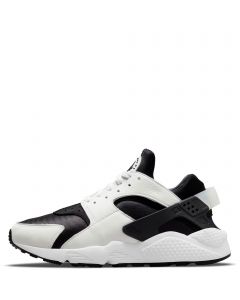

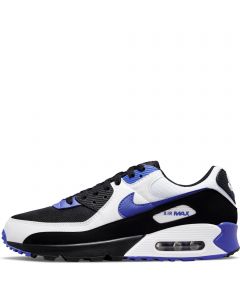
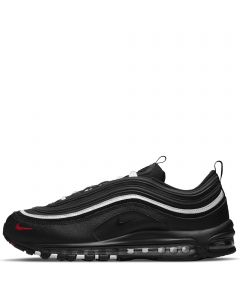
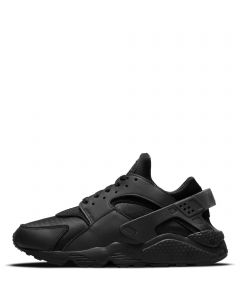
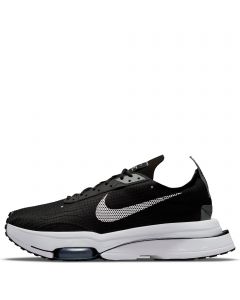


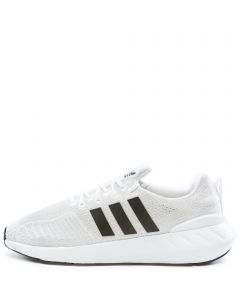
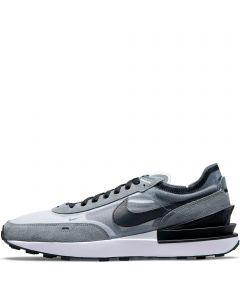
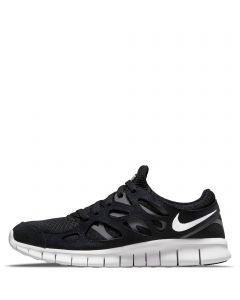
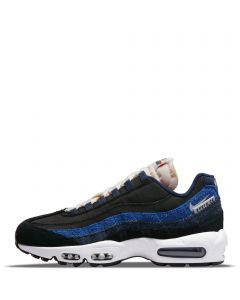
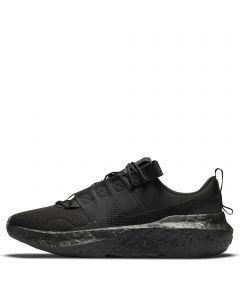
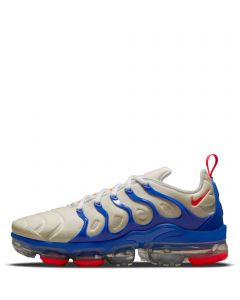
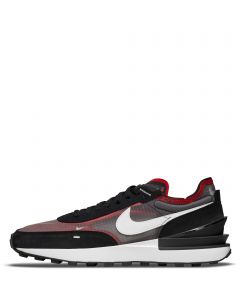
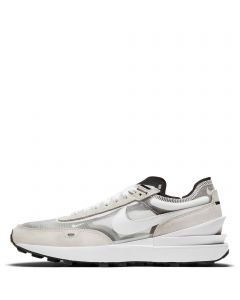
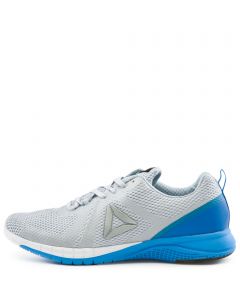
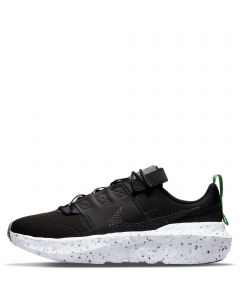
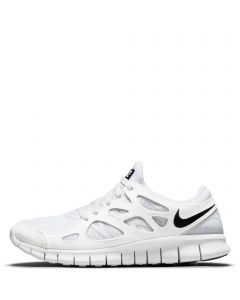
Comments
Post a Comment